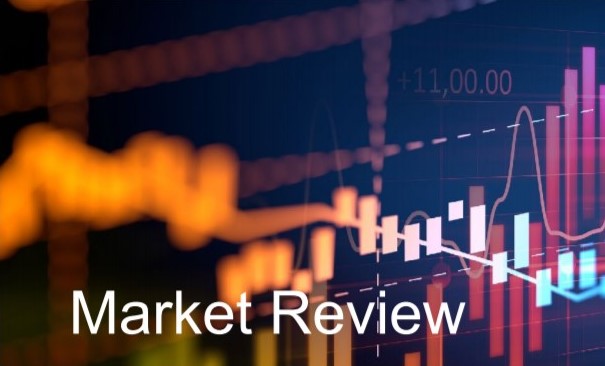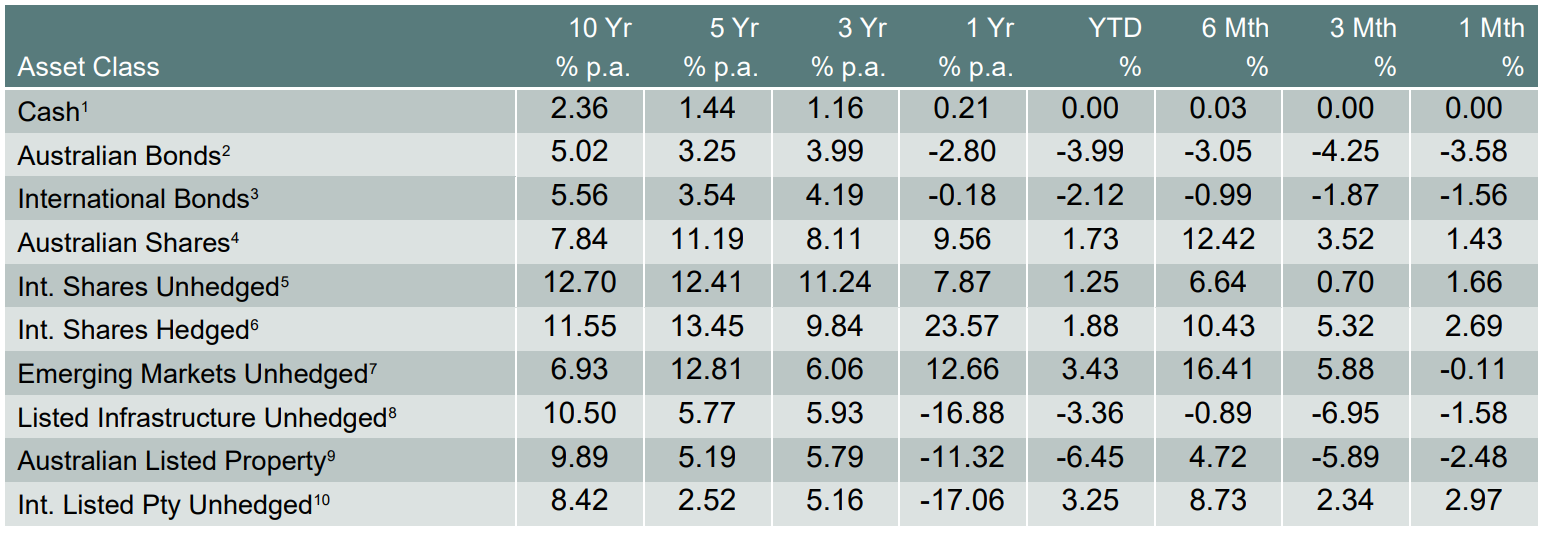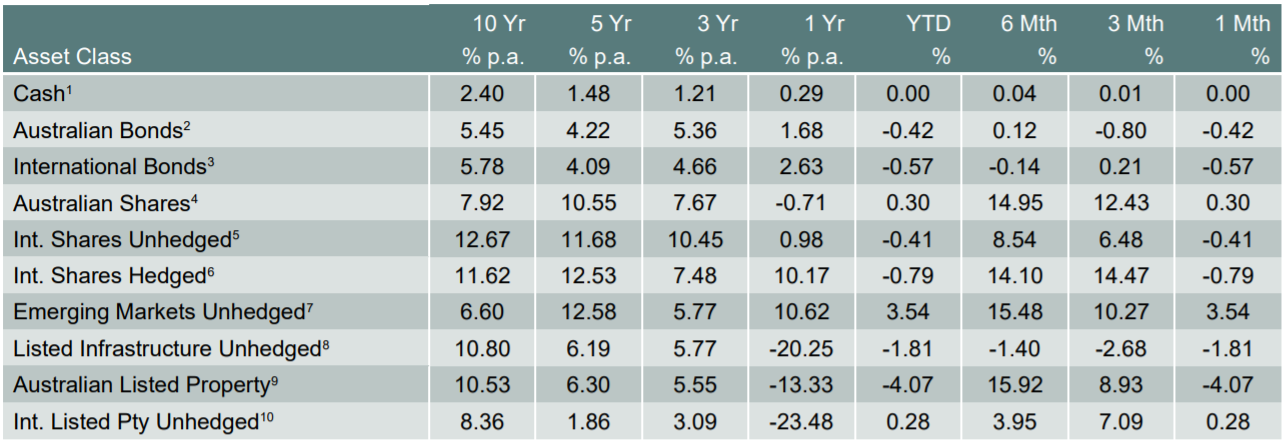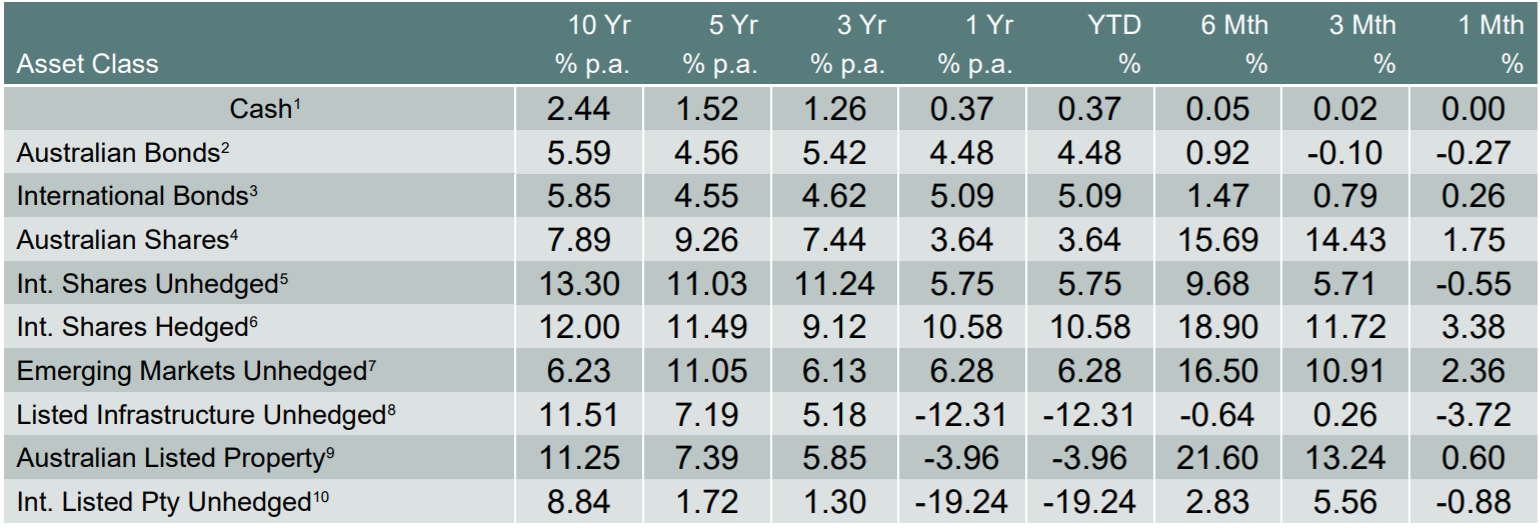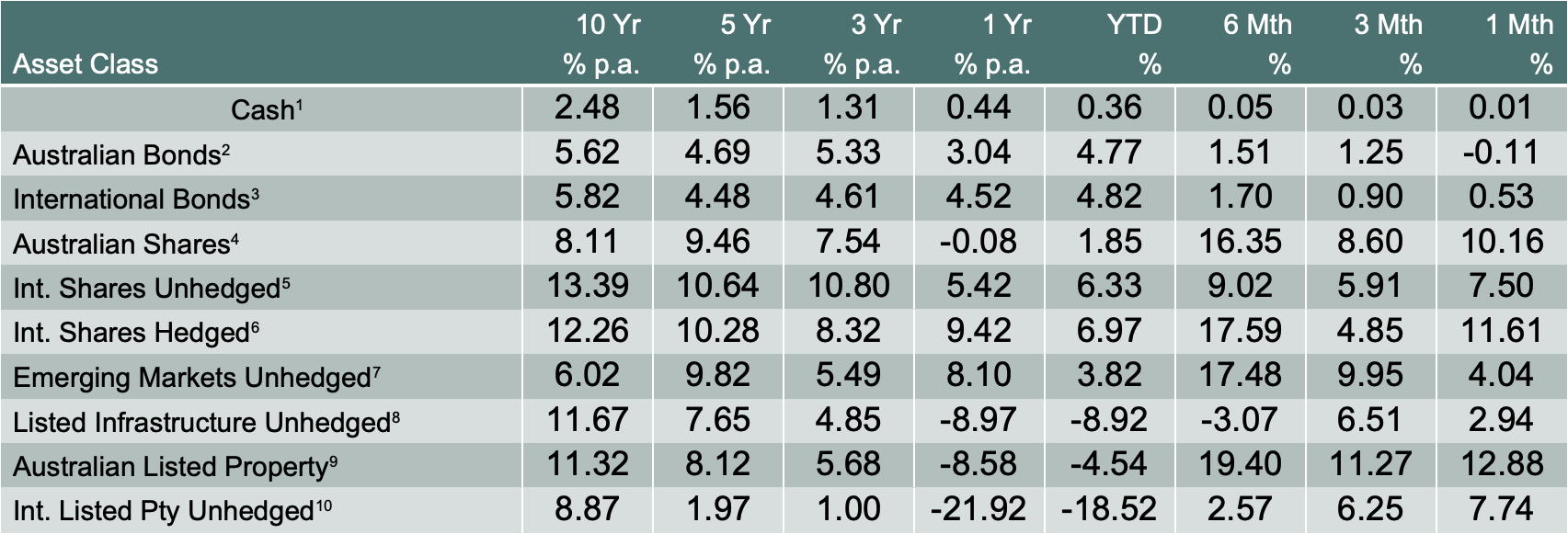
Income protection can be the financial safety net you need if you experience an accident or illness that means you can no longer work. A common misconception about income protection insurance is that it’s only for high-income earners, but this isn’t the case.
What is income protection insurance?
Income protection insurance is a source of income paid out to you if you are temporarily unable to work due to an illness or injury.
You can’t predict the future, but you can plan for it.
Nobody wants to consider an accident or illness impacting their health suddenly, but it’s always a possibility. As well as changing your lifestyle, an unexpected illness could mean you need to take an extended leave from work. In a 2020 report by the Australian Institute of Health and Welfare (AIHW) on an average day, 100 Australians suffer from a stroke that could leave them permanently out of work. The AIHW also reports that accidental falls were the most common cause of injury deaths. It’s tempting to think that if you lead a healthy lifestyle and make smart choices, you’ll be fine. But the reality is you can’t predict the future, you can only plan for it.
Why life insurance and income protection are not the same.
Then there’s the trap of thinking life insurance is all you need. An unexpected death is absolutely a part of life we should all plan for. But an unforeseen total or partial disability due to injury or illness is a debilitating situation that can stop you from earning a living and is equally unwise to overlook.
Do I need income protection if it’s included in my super?
Most super funds offer income protection insurance for their members which can be a cheaper option. But cheaper premiums can come with a limited level of cover. Moneysmart by the Australian Securities & Investments Commission notes that “insurance premiums through super are deducted from your super balance which reduces your savings for retirement” so it’s important to consider if separate income protection cover is right for you and your family’s needs. For more information on whether life insurance through superannuation is enough, read here.
What does income protection cover?
So, how does income protection insurance cover you? Up to 75% of your monthly income is provided for a nominated period to help keep your household up and running and provide for your loved ones while you recover. In a nutshell, it gives you the freedom to rest easy knowing you’ll be taken care of financially.
An inability to keep up with the mortgage, loan or credit card repayments can cause considerable stress when you’re unwell. It’s crucial to focus on recuperation at such a time, with full confidence that these debts can be provided for under your policy.
Your income is fundamental to achieving your financial goals, so for financial security, you should be confident that you have adequate protection and plans in place. To discuss your financial plan, or to take out cover to protect you and your loved ones if something unexpected did occur, please reach out to the Sherlock Wealth team to discuss your unique situation here
Any advice is general in nature only and has been prepared without considering your needs, objectives or financial situation. Before acting on it you should consider its appropriateness for you, having regard to those factors.


 Money Matters – Summer 2021
Money Matters – Summer 2021
